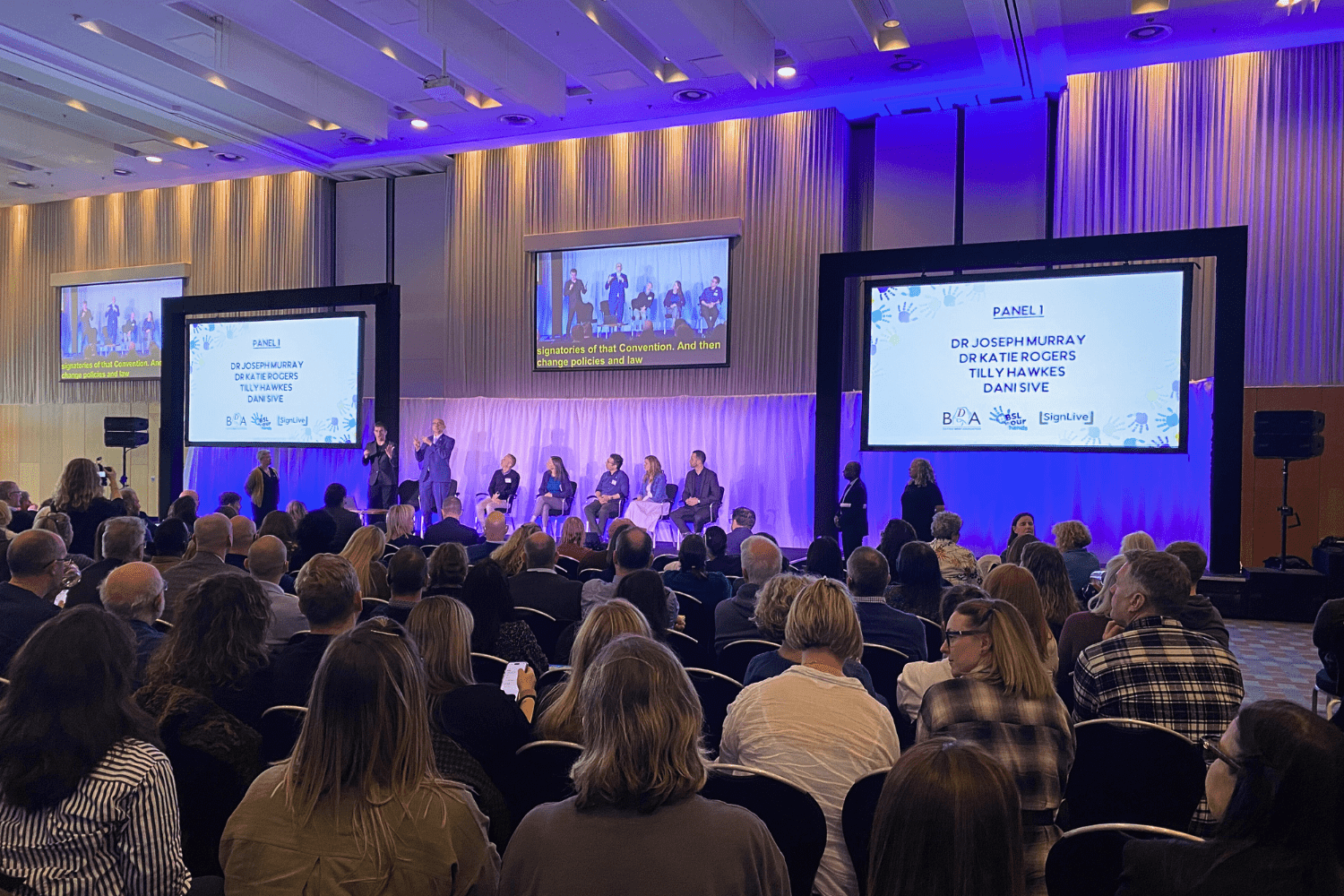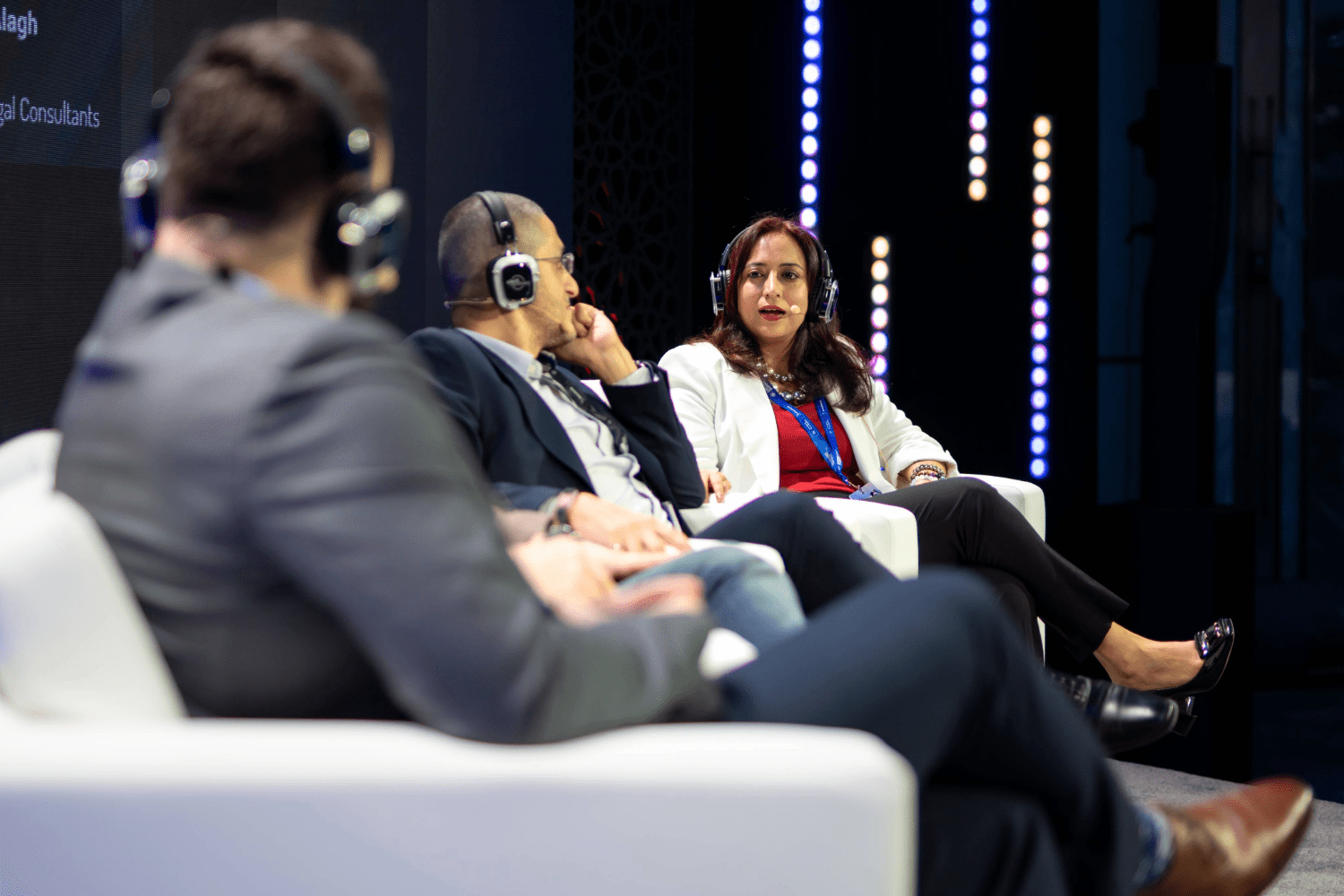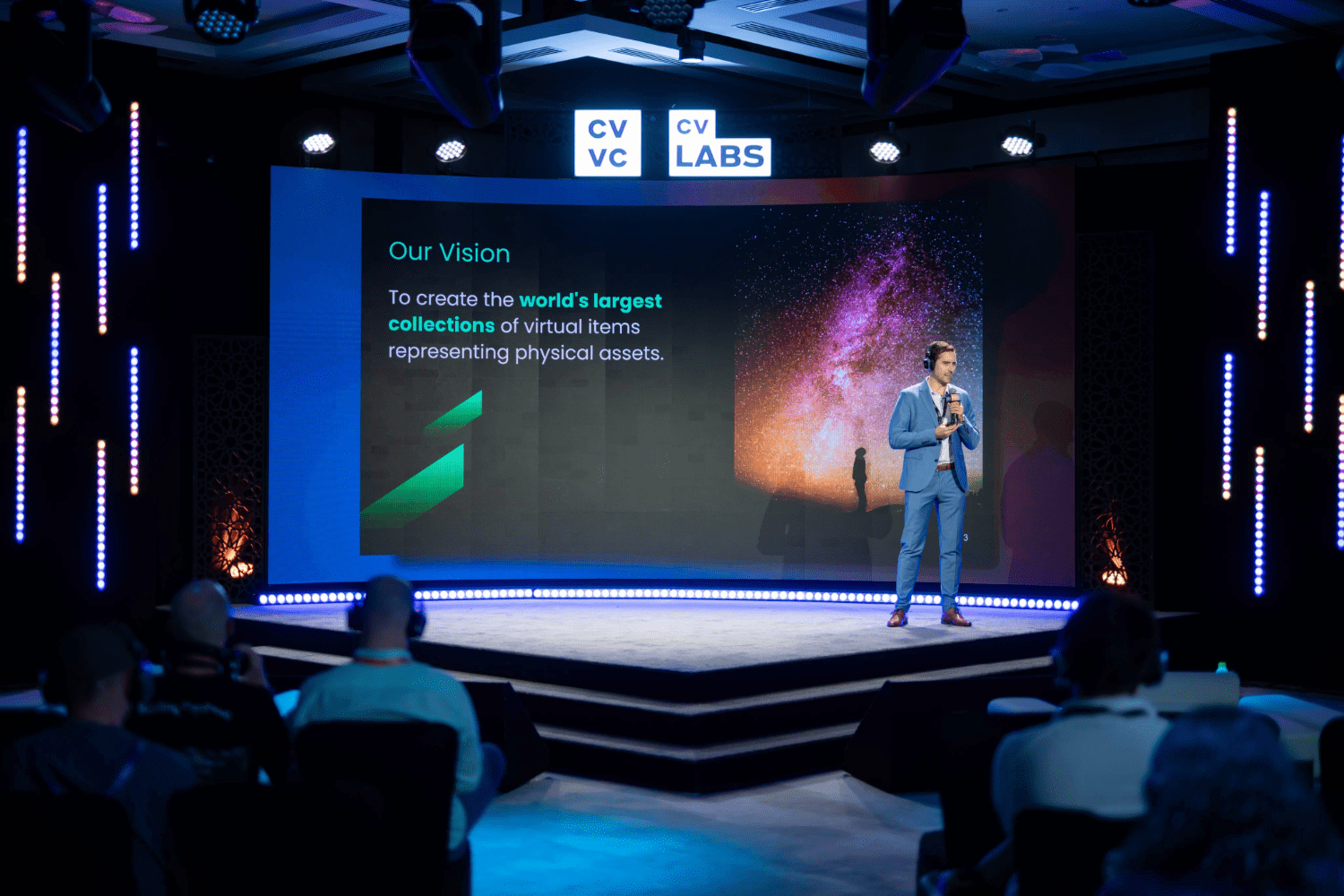 Back to News Room
Back to News Room
News

The Future of Inclusive Event Experiences
When done correctly, inclusive events allow people to bring new insights, perspectives and experiences to shared event spaces. But to create environments like this, brands need to truly embrace the future of events, and implement emerging technologies to build spaces where all feel welcomed and included.
Let’s take a look at some best practices for bringing true inclusivity to your event strategy, and the emerging technology brands can use to make it happen.
Designing an accessible event
Regardless of your event format, whether in person, hybrid or virtual, to create a truly accessible event you need a space that can be explored and enjoyed by all attendees. This can be achieved by:
Selecting the right venue and location
Creating a truly accessible event strategy all rests on the venue. As well as being a location that is easy for all attendees to access practically, including transport options to the venue and the provision of mobility aids if needed, event planners also need to think about the destination of the event itself. Particularly for international events, brands need to be mindful of selecting LBGTQ+ friendly destinations and locations to create experiences that feel safe for all attendees.
Planning an accessible event layout
Once you’ve found a space that meets your accessibility requirements, the next step is to use the space in a way that allows attendees to access and enjoy all elements of the event. You can use floor plan software to mock up an event layout that is accessible for all, and AI to verify the inclusivity of your event schedule. These emerging technologies represent the future of events and accessibility, and can be programmed to factor:
- Aisles kept clear of obstructions
- Areas established as multi-faith prayer rooms, lactation rooms, or quiet rooms
- Ample time in your programme for attendees to move to their next sessions
Communications and Content
Another key area of accessible events is the content being delivered, and how this is communicated with attendees. To create a truly accessible event, consider:
Releasing additional event information
Particularly for neuro-diverse people, having all the important information about their event experience will help ease any anxiety they have about attending the event, and allow them to focus on engaging with the experience itself. Communicate things like:
- Cases of flash photography
- The dress code
- Exact start and end times, not rough time frames
Creating diverse and inclusive conversations
One of the most powerful ways to engage your attendees with your event content is if the content is delivered in a way that they can identify with. This can be achieved in a variety of ways, such as
- Selecting a diverse panel: Create panels and speakers that reflect your attendees and audience.
- Focus on inclusive language: Avoid stereotypes, and discriminatory language in how you communicate with your audience (for example, no “ladies and gentlemen”).
- Prioritise AV accommodations: Ensure that everyone in the room can understand the content, and feels supported in joining the conversation. Use captions, audio descriptions and sign language interpreters to make sure that the hard-of-hearing community can enjoy your content.
Ready to join the future of inclusive event strategies?
Get in touch today, and find out how we can help you utilise emerging technologies and best accessibility to create an inclusive event strategy.




